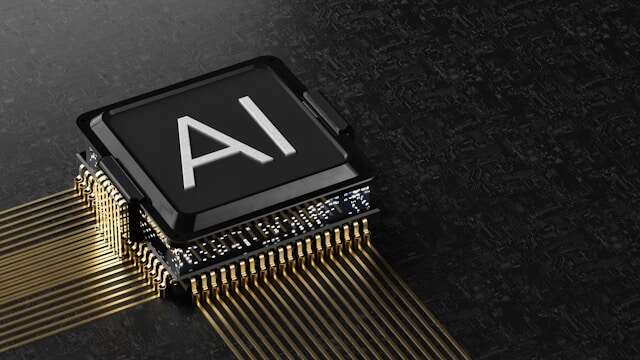Blog Article
Understanding CNNs for Image Recognition

Convolutional Neural Networks (CNNs) have revolutionized the field of computer vision, enabling machines to "see" and interpret visual data like never before. They form the backbone of modern image recognition systems.
At their core, CNNs are inspired by the visual cortex of animals, particularly the idea of receptive fields, where neurons respond to specific regions of input.
A CNN is composed of layers—convolutional layers, pooling layers, and fully connected layers—each serving a unique role in feature extraction and decision-making.
The convolutional layers apply filters over the input image to detect patterns like edges, textures, and shapes. These filters are learned during training, allowing the model to improve over time.
Pooling layers reduce the spatial dimensions of the data, making computations efficient and enabling the model to generalize better. Common pooling methods include max pooling and average pooling.
Fully connected layers act like traditional neural networks, taking all extracted features and making predictions. The final layer often uses softmax activation for classification tasks.
In real-world applications, CNNs are used in facial recognition, autonomous driving, medical imaging, and security surveillance. They help identify faces, classify diseases, and detect objects in real time.
One of the key strengths of CNNs is their ability to handle spatial hierarchies, understanding not just what is present but where it`s located in an image.
Training a CNN requires a large dataset and significant computational power. With the rise of GPUs and TPUs, this process has become more accessible to developers and researchers.
Frameworks like TensorFlow, PyTorch, and Keras have simplified CNN development, offering pre-built models and modules to jumpstart experimentation.
As CNNs evolve, architectures like ResNet, EfficientNet, and YOLO continue to push boundaries in speed and accuracy.
Understanding CNNs is fundamental to diving deeper into AI-powered vision systems. With the right knowledge and tools, anyone can start building intelligent image recognition applications.
